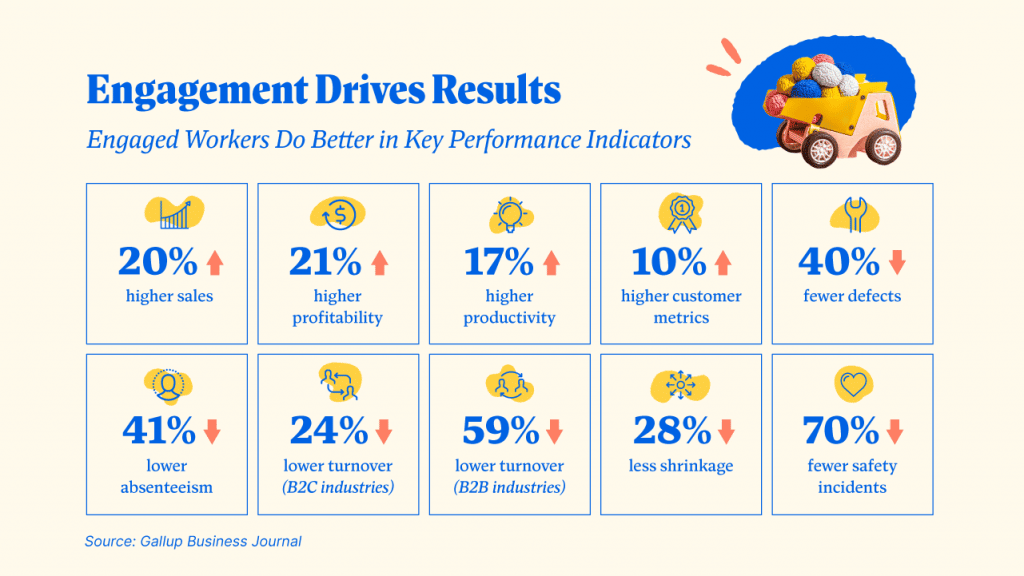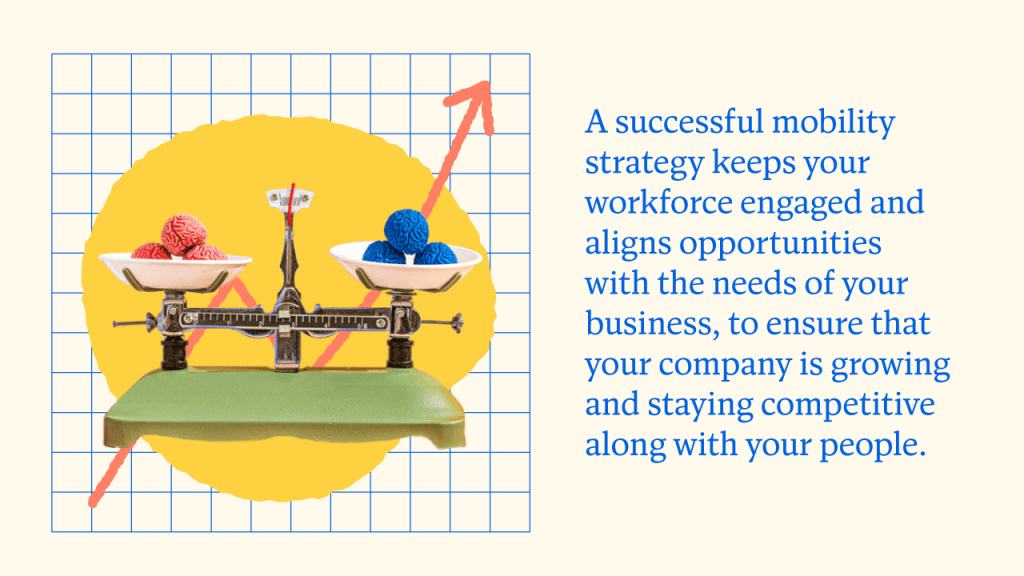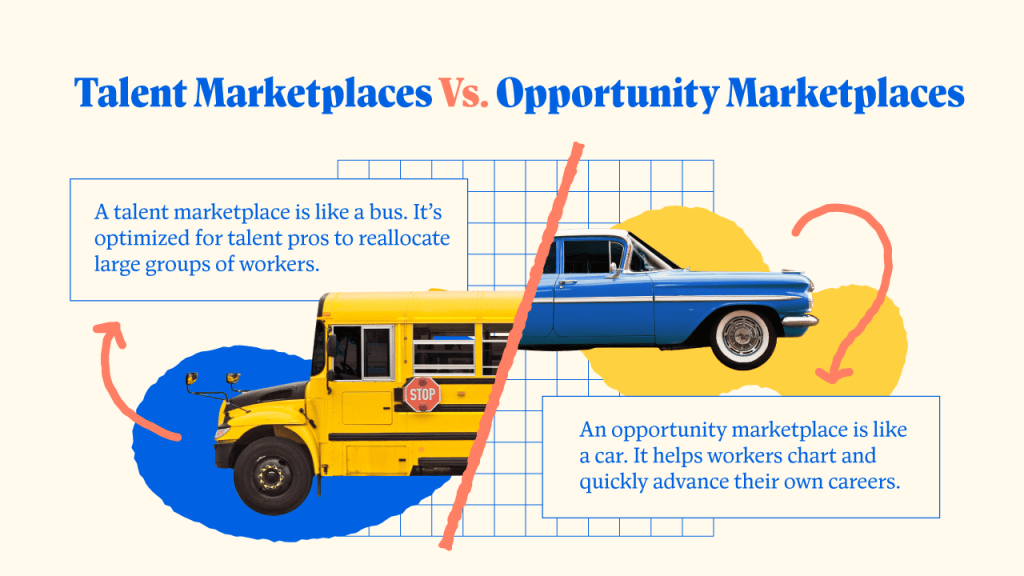A car isn’t much help when you need to move 30 people. Likewise, a big bus isn’t designed to carry just one person to an exact destination.
Every vehicle is optimized for a specific purpose. The same applies to the technology powering your workforce mobility strategy. Take this into consideration and the road ahead is smooth. Without proper assessment, you might end up taking some wrong turns.
Talent marketplaces are like buses. They’re optimized for HR admins and talent acquisition and management teams. Like bus drivers, they pick up, place, or reallocate large populations of workers. And those workers may or may not have knowledge of HR actions taking place behind the scenes.
Opportunity marketplaces are like cars. They’re designed to help individual workers chart their own career paths and reach their destinations faster. Instead of relying on talent professionals to control and drive career growth, an opportunity marketplace helps your people drive themselves where they’re going, so they can find all types of opportunities on their own, more efficiently (and while playing their chosen radio stations and making their own ).
Why Mobility Matters
Whether you call it workforce mobility, internal mobility, or career mobility, it’s about connecting your people’s skill development with growth opportunities. A successful mobility strategy keeps your workforce engaged and aligns opportunities with the needs of your business, to ensure that your company is growing and staying competitive along with your people.

Mobility doesn’t necessarily mean getting a new full-time job. Mobility means never standing still. The growth that people find in an opportunity marketplace can come in all shapes and sizes. Yes, it can sometimes come through full-time roles, but it more frequently comes from stretch assignments, internal gigs, short-term tasks, or even shadowing and mentorship opportunities.
With the concept of mobility continuing to evolve, achieving engagement and finding out what works for your organization takes experimentation and personalization. A RedThread study conducted in partnership with Degreed found that no two organizations implement an opportunity marketplace in quite the same way.
Degreed: Already at the Market
While talent marketplaces have been around for years conceptually, opportunity marketplaces are relatively new. And their advancement is driven by new technologies.
At its core, any market is made up of two groups: sellers and buyers. For this relationship to flourish, buyers need to know how to find and get into the market. And once they’re there, those buyers aren’t gonna stick around if what’s being sold is subpar. On the contrary, they want to find good products and have a positive experience.

This same dynamic holds true for an opportunity marketplace, where the sellers are your leaders and the buyers are your workers. Unlike other platforms, Degreed excels at getting your workers directly into its opportunity marketplace. When your people are using an LXP like Degreed to learn and upskill, they’re already on the learning experience part of the platform. Making their way into the marketplace is easy, because they’re already there — and can browse it every day.
Equally important is the connection between what your people are learning and the types of opportunities they get to explore. If they’re using Degreed to learn new skills, the opportunities they see are aligned with that learning. And that means their opportunities are personalized, relevant, and changing over time as their skills grow.
In other words, Degreed is connecting the supply of skills to the demand for talent based on real-time data. In addition, Degreed sees skills emerging across industries before they make their way into job descriptions. Because of this, they can hit the supply before the demand, helping you respond to change before it happens.

Getting Started with Your Opportunity Marketplace
Typically, we advise clients to get started with these five key steps:
1. Keep your communications consistent.
Make sure your messaging focuses on why your people should care. Identify your core message, audience, timelines, channels, and outcomes. This keeps you organized but also attentive to the right level of activity. This is far from a one-and-done effort.
2. Craft a stakeholder strategy.
Determine who should be involved and why. Are there thought leaders in your business who’ve already created momentum? Who can help you reach your goals faster? Consider making those people early adopters, champions, advocates, and ambassadors.
3. Get everyone aligned.
Perhaps you can invite key stakeholders to attend an industry event with you. It also helps to work with key colleagues to define a shared language and success metrics (for example, internal vs. external hiring ratios and culture surveys). Establishing a baseline is necessary for measuring your progress.
4. Prioritize across the business.
Different business units have different needs. Taking an “individualized” approach can accommodate your partners and leaders looking for more than a one-size-fits-all strategy.
5. Leave room for experimentation.
Staying open to feedback is critical. Remember, this is a journey that you and your colleagues are on together; evolution and agility are key.
Keeping an Eye on Change Management
It’s important to note that implementing a talent marketplace or opportunity marketplace requires a significant amount of change management. This is due to the amount of governance involved with staffing projects and roles — addressing impacts that include possible manager and pay changes.
With this in mind, we’re helping our clients go live with an opportunity marketplace in stages. We don’t necessarily recommend that a company embrace all the possibilities at once. Our solution allows for a flexible approach — starting with lighter stretch assignments or job shadowing opportunities, for example, and ramping up from there.
Want to Learn More?
Contact us to learn more about how Degreed can help you engage employees by connecting skills to new opportunities.
And be sure to download The Buyer’s Guide to Learning and Talent Technology to learn essential tips and tricks for navigating the learning and talent tech marketplace.

